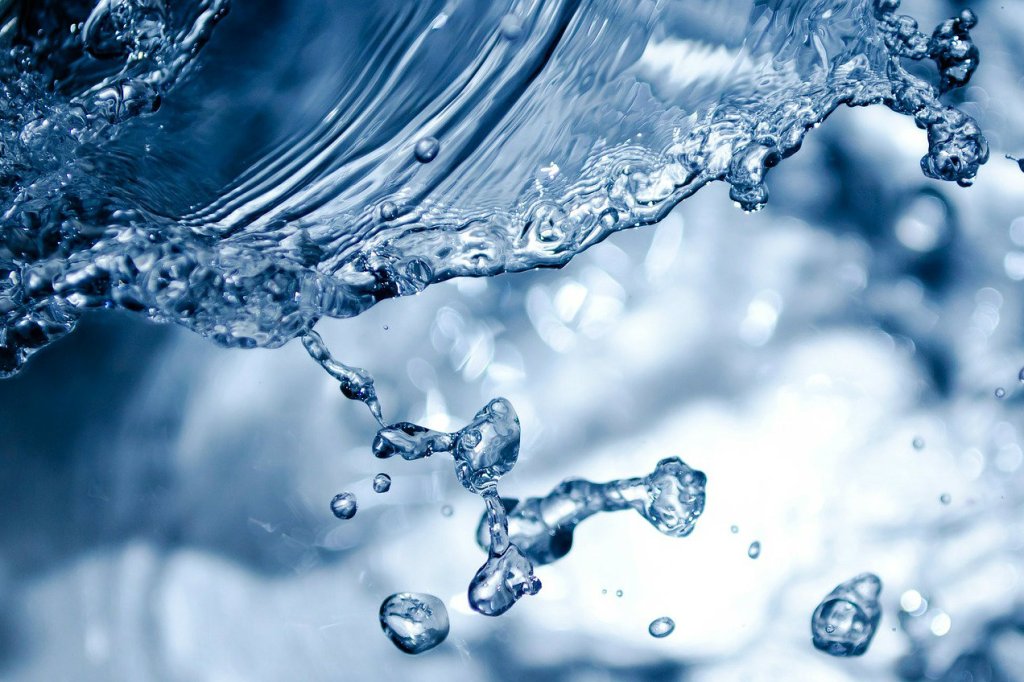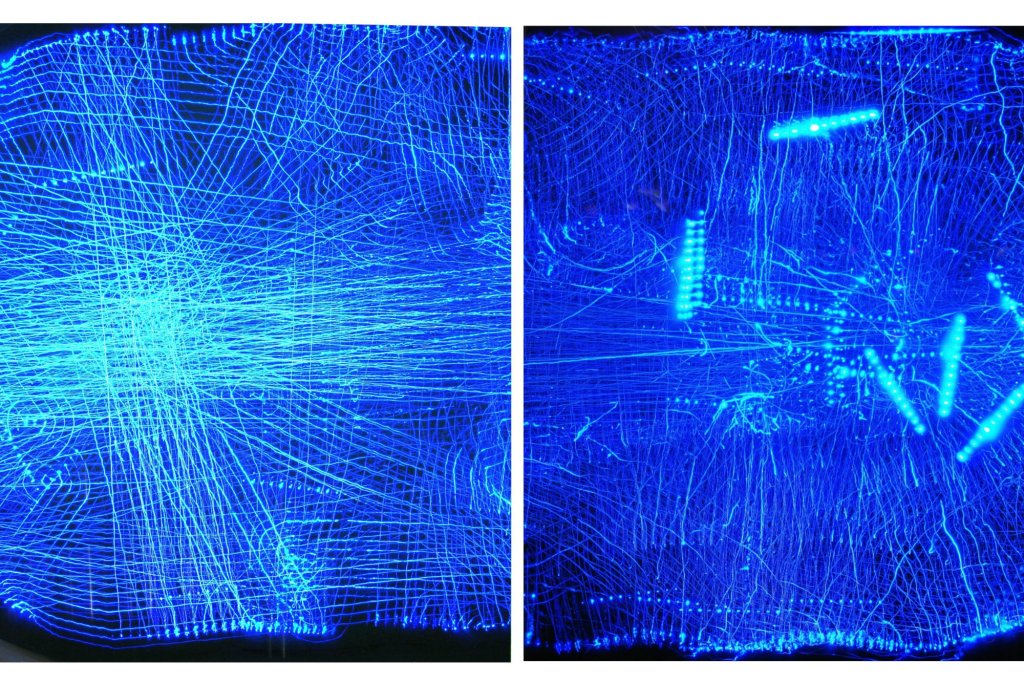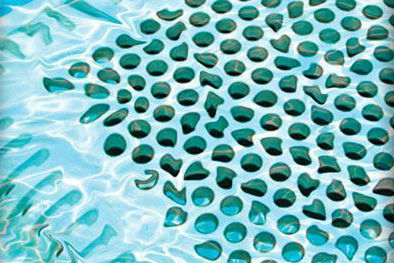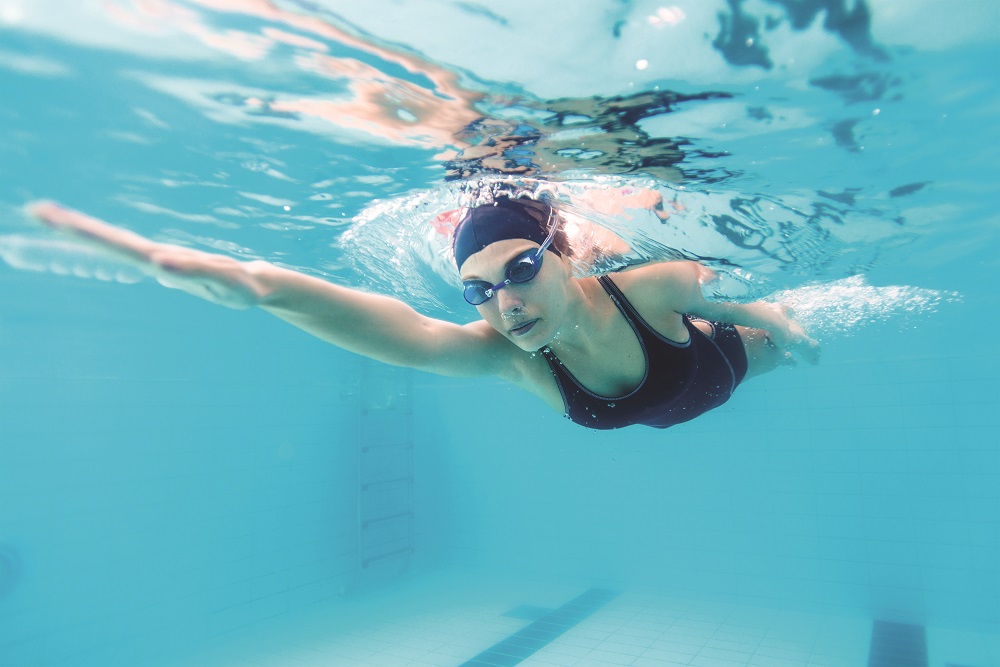When it comes to water treatment, there are a multitude of filter types to choose from. However, the field narrows as we assess the needs or constraints of a recreational-water facility. When you consider required flow rates, installation space, ease of use and budget, three types of filters have dominated our industry for years: sand filters, cartridge filters and pre-coat (D.E.) filters.
Much has been written about the differences or similarities in filtration capability (the smallest micron size that can be removed), water savings and ease of use that these filter types offer. But at the end of the day, every certified filter meets a set of minimum requirements that have been established by the industry in NSF/ANSI 50.
Let’s take a closer look at how filters are evaluated and tested for certification to NSF/ANSI 50.
The requirements
The scope of NSF/ANSI 50 is broad and encompasses most every product in the recreational-water industry. With a couple of exceptions, NSF/ANSI 50 is organized into product specific sections.
However, some sections apply to all products considered for certification. All sections of the standard must comply with Section 3 for materials and Section 4 for general design and construction.
Filter requirements are addressed in Section 5, with the test methods detailed in Annex B. To help understand the requirements, we can categorize them into four basic groupings: materials, physical evaluation, structural testing and flow testing.
Materials
Every certified product has to meet the material requirements as set by Section 3. There are three kinds of material requirements: material health, corrosion resistance and chemical resistance.
All materials with 100 square inches or more of wetted contact area must not impart any color or undesirable levels of harmful contaminants into the water. Materials that come in contact with the recirculated water must comply with this requirement.
Components that are wetted only during drain-to-waste operation are not subject to material health but must be corrosion resistant. The material health review also considers the temperature of water contact. The two classifications are known as pool-only or pool and spa/hot tub.
The material health review comprises a formulation review to determine compliance to Food and Drug Administration Code of Federal Regulations Title 21. If the material does not comply with CFR Title 21, extraction testing is conducted as detailed in Annex A. After extraction testing, the resulting contaminants are evaluated to NSF/ANSI 61 drinking water requirements. However, the level of contaminants allowed in NSF/ANSI 50 is much higher than in NSF/ANSI 61 as appropriate for the end use.
All materials must be corrosion resistant or rendered corrosion resistant by a coating or cathodic protection. Materials that come into direct contact with high concentrations of chemicals must be resistant to the applicable chemical and concentration.
Physical evaluation
The physical evaluation encompasses general design and construction requirements, labeling and product literature requirements, and a measure of the effective filtration area.
NSF/ANSI 50 specifies that certain types of information must be provided on the product data plate, as well as the owner and installation manuals. Data plates are located directly on the product and must identify the manufacturer, contact information, model number, effective filtration area, required clearance, maximum design flow rate, working pressure and steps of operation.
The manufacturer also must provide a manual with each filter that includes operational instructions, design head-loss curve and parts lists. The manual must detail any alternate media that have been certified with the filter, aside from the standard media used for pre-coat or sand filters. Cartridge filters must be qualified with a specific cartridge. Only replacement cartridges authorized by the manufacturer may be used.
While NSF/ANSI 50 is known as a performance standard, there are a few design- and construction-related requirements. In general, internal components of filters must be accessible for inspection and repair. Filters must have drains and air release valves. You must be able to operate the filter without damage or deformation to any of its components. There are also spacing requirements between septa in pre-coat filters and cartridges for cartridge-type filters. The effective filtration area is measured for all filter types. The manufacturer’s claim must be within +5% of the measured value.
Structural testing
Vacuum tanks that may have a closed inlet during operation are subjected to a vacuum pressure test. The tank and components must not collapse, sustain permanent deformation or rupture when subjected to 25 inches of mercury for 300 seconds. The vessel also must have an engineered design safety factor of 1.5 times the pressure developed by the weight of the water in the tank. Calculations are submitted for review.
Pressure service tanks are more common and have a more rigorous set of structural requirements. These vessels must undergo three consecutive pressure tests. The tank and its components must not rupture, leak or sustain permanent deformation. The first test is a hydrostatic pressure test, during which the tank and its components are subjected to at least 1.5 times the rated working pressure for 300 seconds. Upon passing, the vessel then undergoes a cyclic pressure test, during which the vessel is pressurized to 30 psi then back down for 20,000 cycles. After cyclic testing comes a burst test, where the filter is subjected to two times the rated working pressure for 2 seconds.
The minimum working pressure of any pressure filter must be 50 psi. Manufacturers have tested and certified filters with a working pressure of 100 psi.
Pressure filters also must be designed with a 4:1 safety factor. In other words, manufacturers with a working-pressure claim of 100 psi must submit design burst calculations to verify the filter’s ability to hold 400 psi. Engineering calculations are submitted by the manufacturer and reviewed by the certification body to determine compliance.
Valves and face piping supplied with the filter also must meet these pressure requirements. Filters with integral backwash valves are automatically tested together. However, filters that require pipe to install the valves are not automatically qualified together. Manufacturers with face piping that complies with the standard (including the valves) will carry a footnote indicating that the face piping has been certified in their official listings.
Flow testing
NSF certification also requires testing of the flow of water through the filter. This encompasses pressure loss, pre-coat passage, cleanability, media migration and turbidity reduction.
Pressure loss is measured from the filter’s inlet to its outlet. The claimed pressure loss cannot exceed the actual pressure loss of the filter. The measure is taken with a complete filter and the specified media.
Cleanability testing measures how well a filter can be cleaned after it has been soiled. After the initial pressure loss has been conducted, we soil the filter with a mixture of ball clay, baby oil and diatomaceous earth (D.E. is not used on pre-coat filters). The mixture is added to the filter until a pressure loss differential, as specified by the manual, is reached. Cleaning or backwashing is then conducted in accordance with the instructions. Once the filter is cleaned, pressure loss is measured again. The pressure loss after cleaning cannot exceed 150% of the initial clean head loss.
Media migration is a test conducted on sand filters after the initial pressure loss. The media must remain level and not channel or migrate during the filtration cycle. The pass/fail criteria are dependent on the size of the filter and are specified in Table 5.2 of NSF/ANSI 50.
Pre-coat passage is a test conducted on pre-coat filters that do not pre-coat in a closed loop. The purpose of this test is to verify that the pre-coat filter does not allow for an excess of media to bypass the filter into the pool. The manufacturer’s media loading instructions are followed during testing, and the average turbidity contributed by the bypass must not exceed 10 nephelometric turbidity units (NTU) for the first minute of the pre-coat process.
The last of the flow tests, turbidity removal, is often misunderstood. The purpose of this test is to verify that the filter is capable of reducing the turbidity of the water caused by suspended particulate matter. The particulate matter that is specified in the standard is silica. The filter is prepared and operated in accordance with the manufacturer’s instructions. The initial turbidity requirement to start the test is 45 + 10 NTU. A turbidity measurement is taken after each timed turnover of the tank. The filter must be capable of reducing the turbidity by 70% after five turnovers of the test tank.
This test is misunderstood because when most individuals think about turbidity, they consider all components of turbidity. Many in the industry do not realize that this is a suspended solid removal test measured by turbidity.
The first step of water treatment in the circulation loop of a recreational water facility would be the filter. A filter is expected to remove turbidity from the water. A certified filter will be effective at reducing turbidity by the removal of suspended particulate solids. So before you blame the filter for not cleaning the pool effectively, consider that it may be due to other circumstances. There are many other factors that contribute to turbidity, the main culprit being organic waste. Maybe it’s time to check the level of the organic oxidizer.
-
High Marks to Those Recently Certified by NSF International
NSF warmly welcomes the following companies

-
Pool Safety: The Most Important Mission
To safeguard the youngest swimmers, products must comply with several codes and standards. NSF testing and certification helps.

-
Needed Clarity: How NSF Evaluates and Tests Pool Filters
A look at how filters are evaluated and tested for certification to NSF/ANSI 50

-
Getting a Clean Sweep from Automatic Pool Cleaners
Take this deep-dive look at how pool cleaners for public facilities are tested, as outlined by NSF/ANSI 50

-
The Latest on the Suction Outlet Performance Standard
The suction outlet performance standard cited by federal law is undergoing an update. Here are the details.

-
NSF to Review Standard for Water Conditioning Devices
NSF International has formed a task group to include water conditioning devices in NSF/ANSI 50
